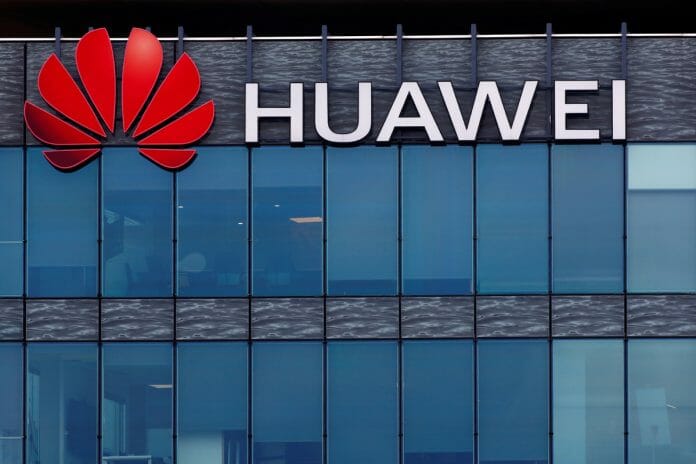Chinese tech giant Huawei on Friday launched the latest version of its Pangu pre-trained deep learning AI model, Pangu 3.0. The announcement was made at the Huawei Cloud Developer Conference held in Dongguan, south China’s Guangdong Province.
Pangu 3.0 has a three-tier architecture. The foundation layer, L0, has five different models: natural language processing, multimodal databases, computer vision, prediction and scientific computing. L0 provides various skills to meet the needs of different industry scenarios.
The second layer, L1, provides a variety of industry-specific models, focusing on fields such as e-government, finance, manufacturing, mining and meteorology.
The third layer, L2, provides multiple scenario-specific models for particular industry applications or business scenarios. Customers can also train models using their own datasets based on Huawei’s L0 or L1 Pangu layers.
The Pangu series was created to serve industry needs, providing excellent services to customers in various sectors, said Zhang Ping’an, Huawei’s executive director and CEO of Huawei Cloud. He added that Pangu’s mission is to help customers effectively utilize and build large-scale models, enabling intelligent upgrades.
First launched in 2021, Huawei’s Pangu series is a family of multiple large AI models that support a variety of natural language processing tasks, including text generation, text classification and conversation systems.
Huawei said that the Pangu series has already been of immense value in numerous industries such as finance, manufacturing, pharmaceutical research and development, coal mining, and rail.
On Thursday, a paper on a Pangu weather AI model was published in Nature, one of the world’s top scientific journals. The paper described how to develop a precise and accurate global AI weather forecast system based on deep learning and train it using 43 years of weather data.
In seconds, the model can accurately predict detailed meteorological features, including humidity, wind speed, temperature and sea level pressure, the paper said. This demonstrates Pangu’s high precision compared to traditional numerical prediction methods for forecasts, which could take anywhere from an hour to a week, and its prediction speed is 10,000 times faster.
The company has also launched its Ascend AI cloud services, through which a single-card computer cluster can provide 2,000 petaflops of computing capacity, and a 1,000-card cluster can train a multi-billion parameter model for an uninterrupted 30 days. Huawei said that more reliable AI computing power has made large language models more accessible than ever to industry customers.
-Xinhua









